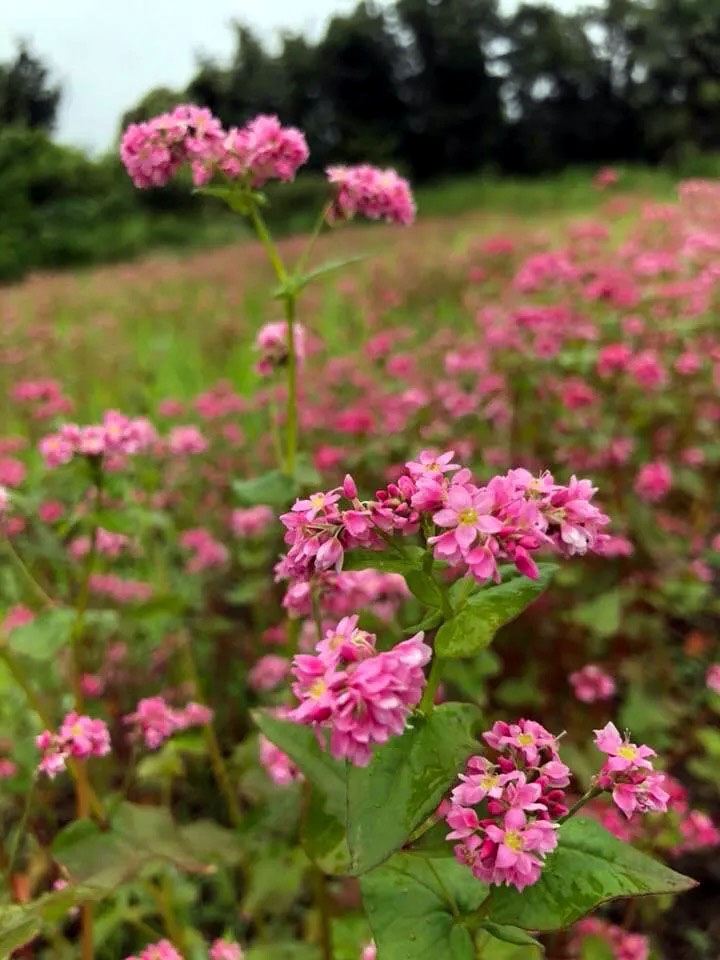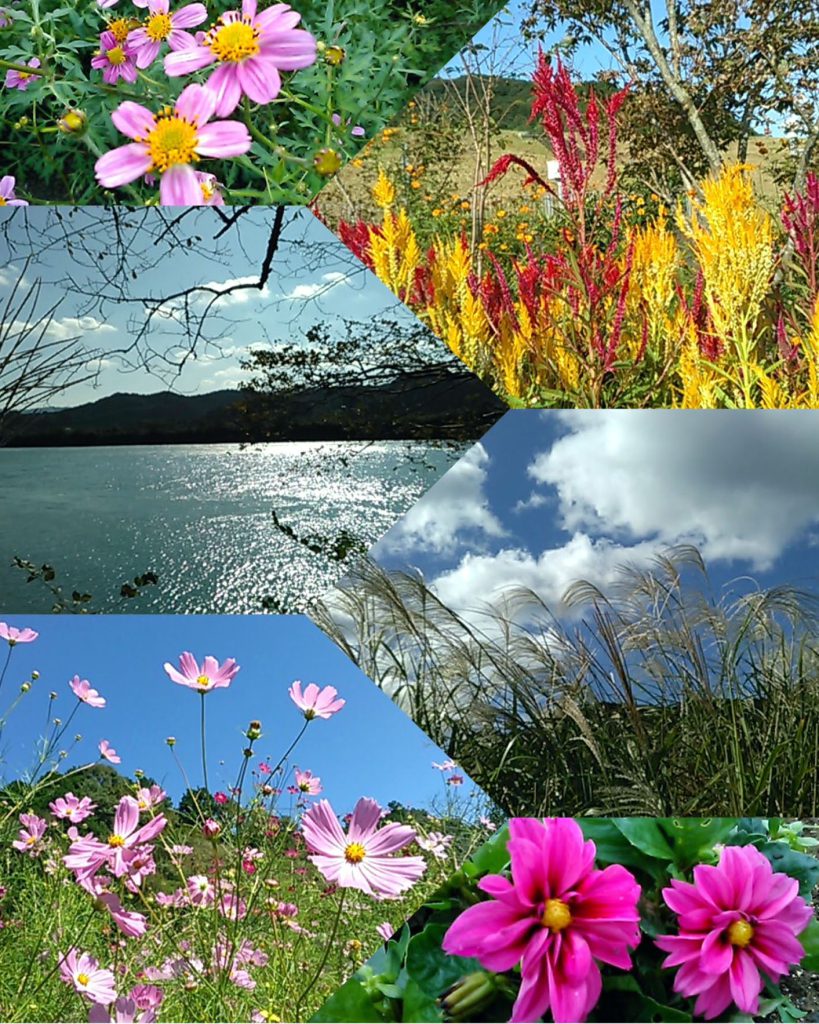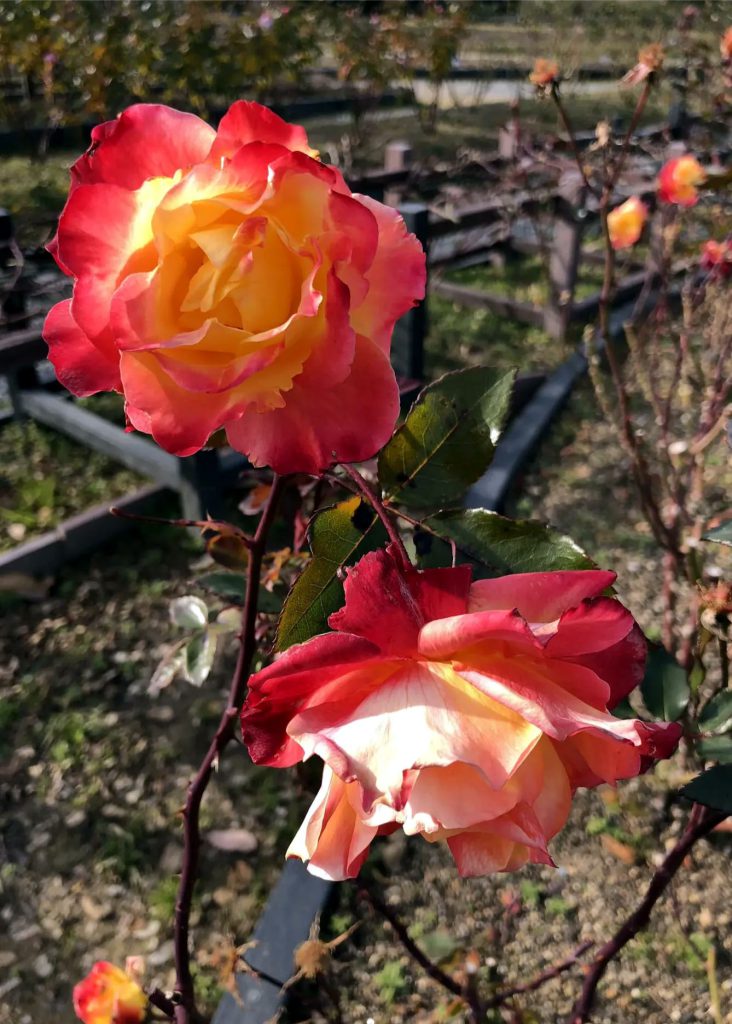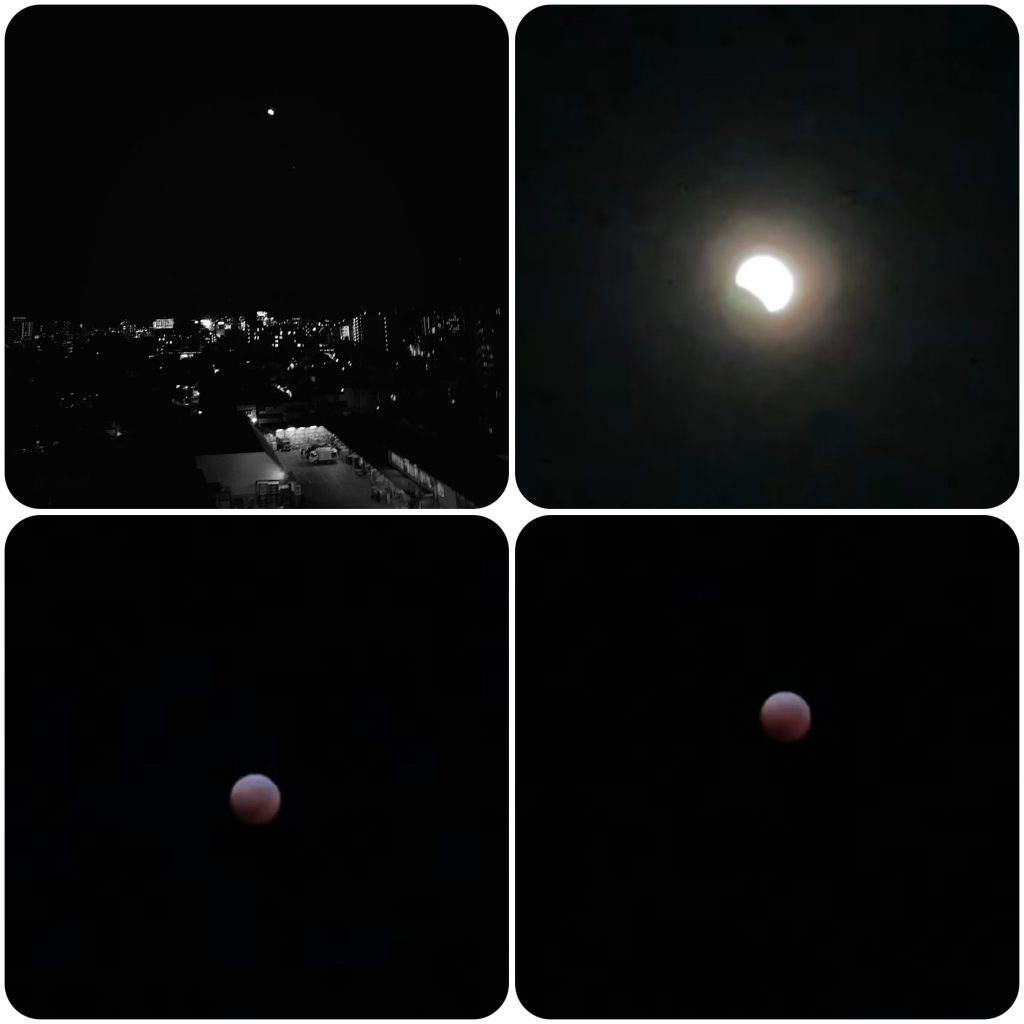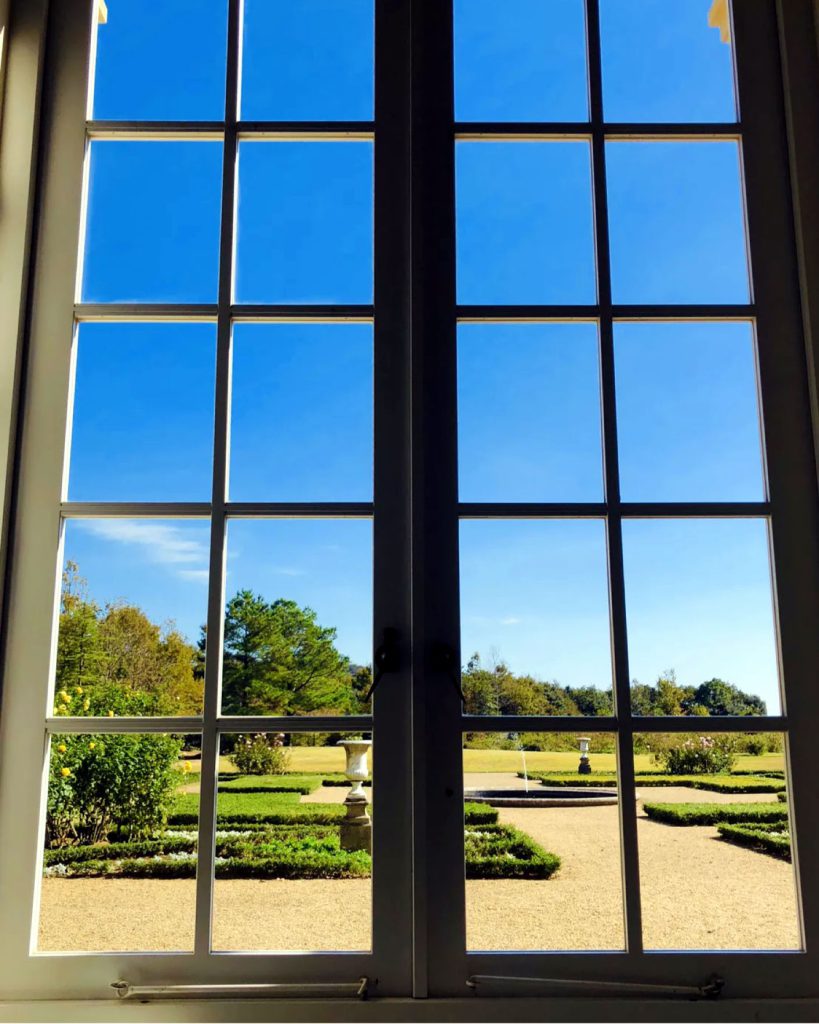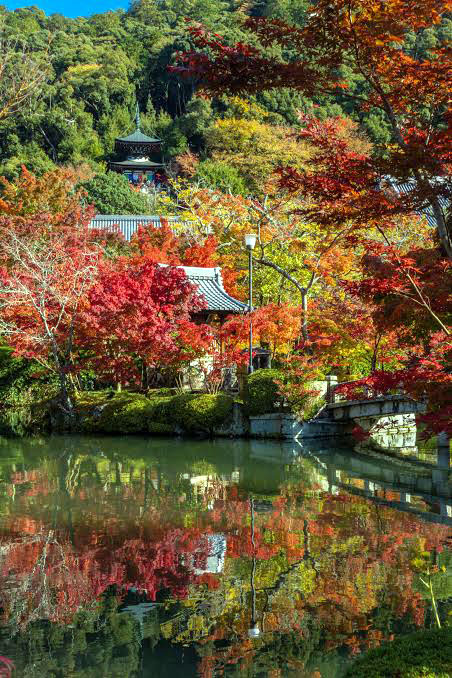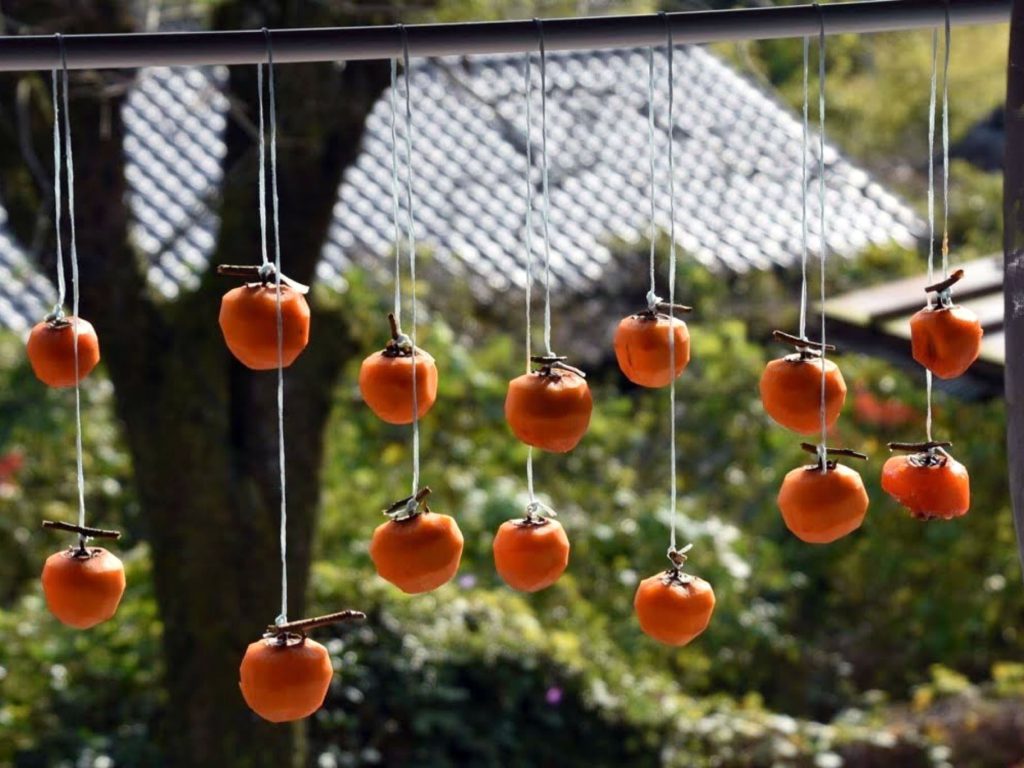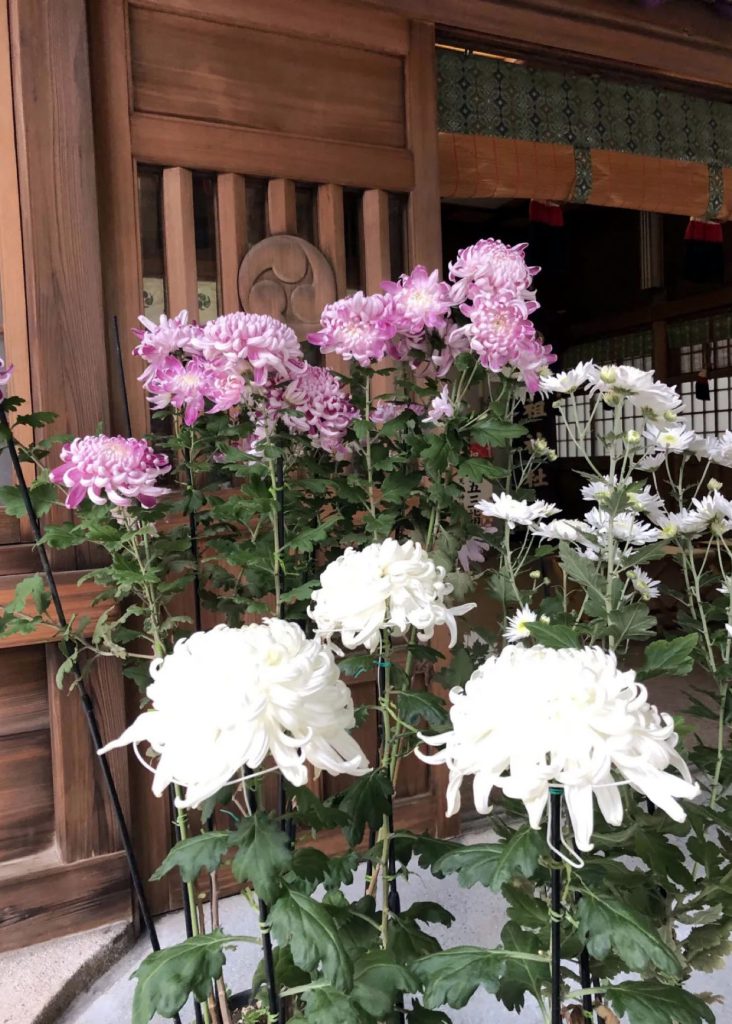
Bishamonten’s subordinate, General Yasha, had a wife of 1,000 children. She was always stealing and eating other people’s children to raise her children. Shakyamuni, who could not stand to see it, hid her beloved youngest son. She frantically searched all over the world for seven days, but at last she could not find him. Finally she asked Buddha for help. Buddha said, “You are grieving just because you lost one of your many children. You’ll know the pain of a parent who loses their only child”. She took refuge in Shakyamuni Buddha after that and devoted herself to saving parents and children from starvation by keeping the five precepts and providing them with food. In this way, she became the guardian deity of Buddhism, Kishimojin, and she also became the guardian deity of children and safe childbirth.
毘沙門天の部下である夜叉大将の妻は千人もの子をもっていました。彼女はその子達を育てるために常に他人の子を奪って食べていました。それを見かねた釈迦が彼女の最愛の末っ子を隠しました。彼女は半狂乱となって世界中を7日間駆け巡って探し回りましたが、とうとう発見することができませんでした。最後に彼女は釈迦に救いを求めました。釈迦は、「多くの子を持ちながら一人を失っただけでお前はそれだけ嘆き悲しんでいる。ただ一人の子を失う親の苦しみが分かっただろう。」と諭しました。彼女は以降釈迦に帰依し,五戒を守り、施食によって親子を飢えから救うことに専心しました。この様にして彼女は仏法の守護神、鬼子母神となり、子供と安産の守り神ともなったそうです。


